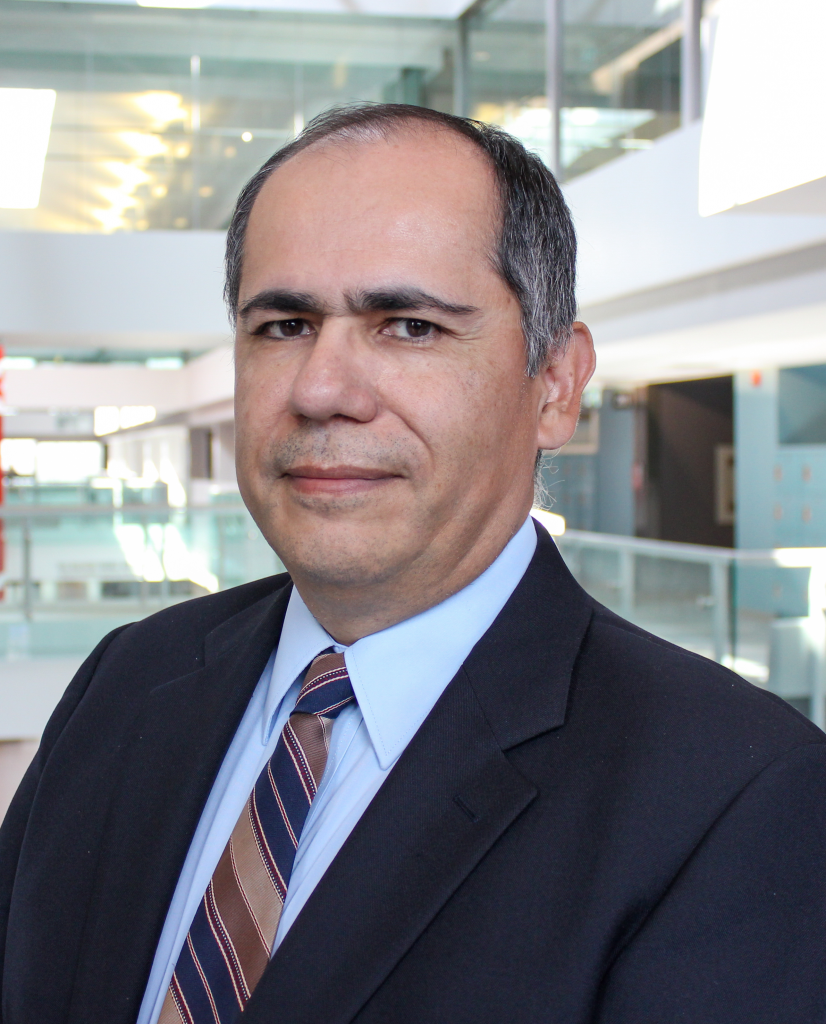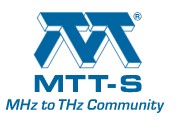
Ph.D. Carlos Saavedra
Electromagnetic deactivation of the human coronavirus through resonance phenomena
Abstract— Deactivation of viruses using microwaves can take place through thermal heating or through a different process described as structure-resonant energy transfer, or SRET. Thermal heating, while effective, may not always be feasible or desirable since the high-intensity heat can damage unintended targets in the vicinity of the virus. SRET, on the other hand, is a non-thermal process in which the electromagnetic wave excites structural vibrations in the virus envelope. The build-up of kinetic energy in the virus’ envelope leads to increasing mechanical stresses that eventually cause it to rupture, thereby deactivating the virus. This talk will begin with a brief overview of contactless deactivation of viruses, followed by a presentation on the results of a research investigation in collaboration with the Faculty of Health Sciences at Queen’s University on the non-thermal microwave deactivation of viruses. Laboratory experiments using plaque assays infected with the human coronavirus 229E show at least a 3-log reduction in viral concentration is achievable through SRET.
Carlos Saavedra is Professor and Head of the Department of Electrical and Computer Engineering at Queen’s University, Kingston, Ontario, Canada. He received the B.Sc. degree from the University of Virginia and the M.Sc. and Ph.D. degrees from Cornell University, all in Electrical Engineering. He was a Senior Engineer at Millitech Corporation in Northampton, Massachusetts, from 1998-2000. Prof. Saavedra has served as Co-Chair of the Natural Sciences and Engineering Research Council (NSERC) Discovery Grants Evaluation Group 1510 and he has served on grant review committees at the US National Science Foundation. He is a former Associate Editor of the IEEE Transactions on Microwave Theory and Techniques, Guest Associate Editor of the IEEE Open Journal of Antennas and Propagation and Guest Editor of the IEEE Microwave Magazine.


